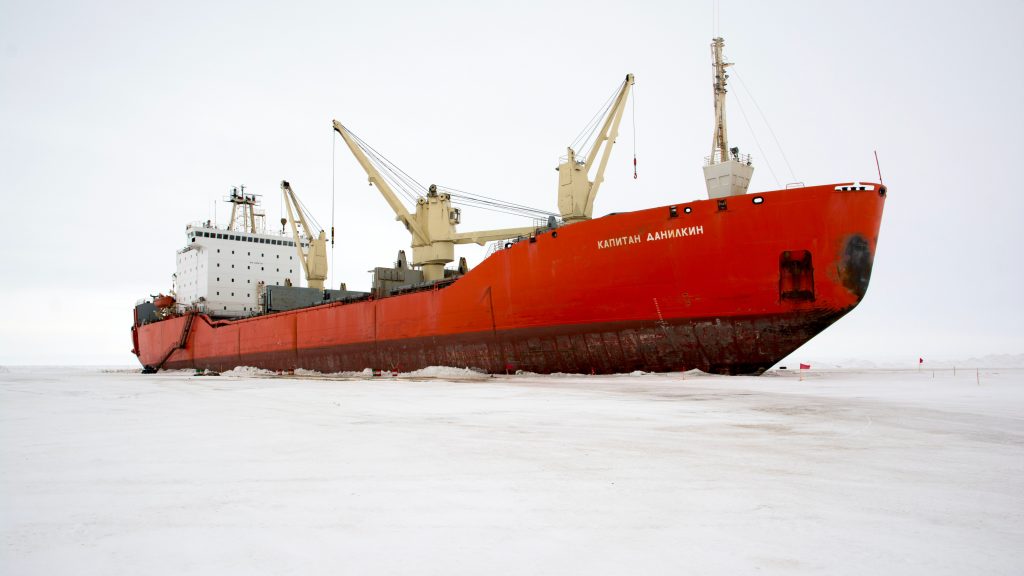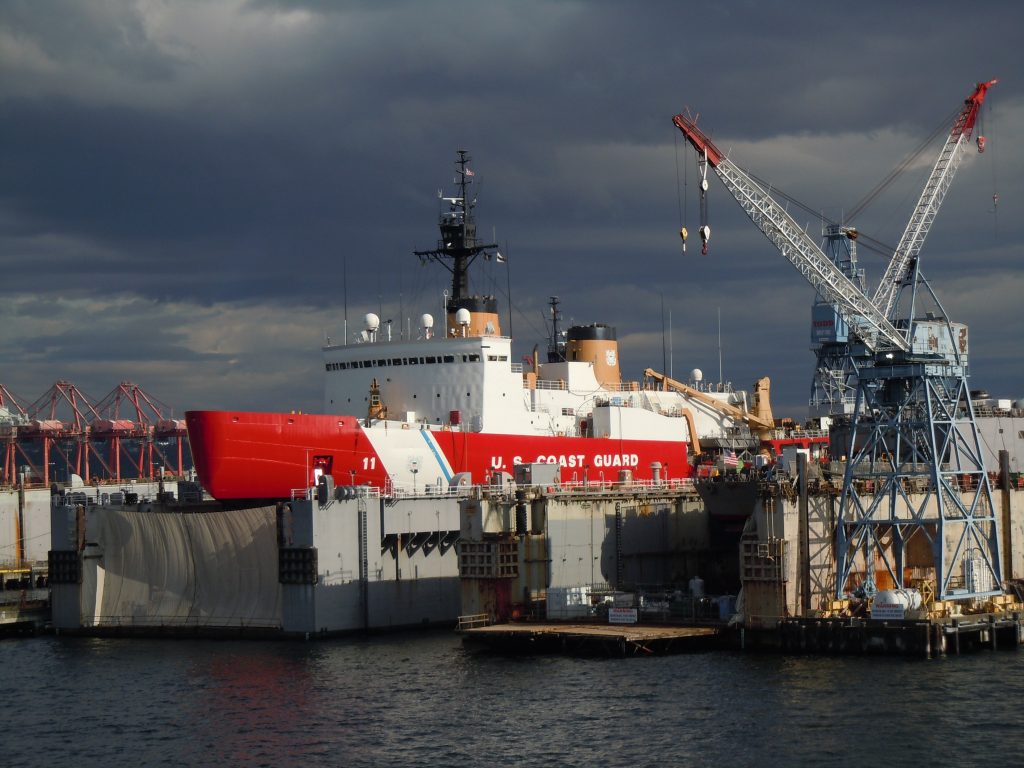Vessel Lay Ups: What is That? 
“Laid up” or “Lay up” is a term that is used when ships have been taken out of service temporarily because of a lack of cargo. Additionally, this can also happen when there is an insufficient running cost due to the increase in the freight cost. As a result of these trying times, vessel lay-ups occur.
Rather than selling ships, many companies prefer to lay up their ships during the economical crisis.

The reason behind lay-ups is to decrease the company’s overhead which includes machinery wear and tear, fuel, cost of insurance, and manning costs. Consequently, this saves the cost that will be used during non-profitable times. There is no way to predict how long can a vessel be decommissioned, either, it could take up to a few weeks or as long as 5 years or perhaps more.
When it comes to lay-up ships, it considers a few factors such as the port location, the temperature of the water, the local weather conditions, security, infrastructure of the ship, and many more.
Factors should be considered because the vessel will be stopped from being used for a long time. Hence, lay-up vessels should be placed in appropriate waters, proper manning should be provided and security should be ensured as well.

With that in mind, there are 3 types of lay-ups. The hot, cold, and warm lay up. Let’s uncover this together:
The hot lay up
A hot lay up Malaysia means that the deck and engine crew are full. Moreover, the ship is close to a place where it is easy to access according to the itinerary and ready for service when it is needed. Basically, a hot lay-up is temporary – it could be within a few months. As a result, certificates are kept up to date and operational costs decreased.
The warm lay up
A warm lay-up is when the crew and maintenance are reduced. Meanwhile, machinery is kept active. The warm lay-up finds it hard to find a spot to port due to some obstacles such as local restrictions. This lay-up takes about 12 months out of service.
The cold lay up
The drastic situation calls for drastic measures – the cold lay-up vessels could be decommissioned for several years. This lay-up happens because vessel crewing is reduced, hence, this minimizes fire, flood, and security monitoring. The optimal place to port the vessel is in a remote area, specifically, in cooler waters.
Reactivating the vessels
This depends on how long the vessel has been idle. Other than that, surveys have to be collected as well before the vessel can get to work again. Certificates that have expired should be renewed as well before the vessel can get to work again. Hence, reactivating a vessel takes up a long time and a lot of processes should be conducted before it can get to work again.

